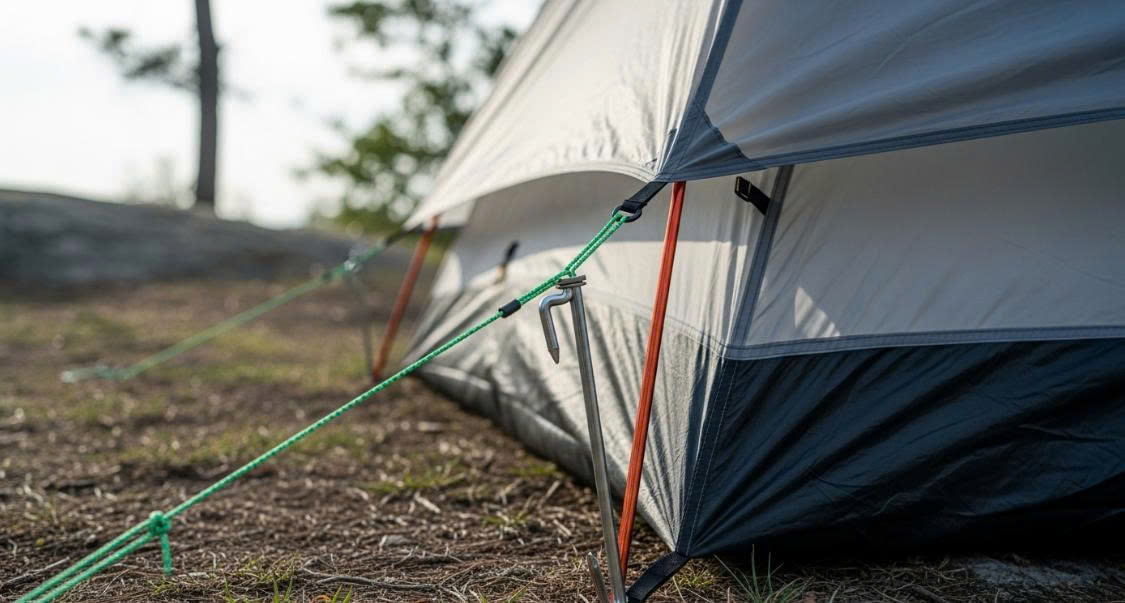Pushing your limits in the gym is commendable, but true progress lies in how effectively you recover. Muscle recovery isn't just about rest; it's a multifaceted approach that ensures your body heals, adapts, and grows stronger. Neglecting recovery can lead to injuries, fatigue, and plateaued performance. Let's delve into the science and strategies behind optimal muscle recovery.
1. The Science Behind Muscle Recovery
When you engage in strenuous workouts, microscopic tears occur in your muscle fibers. Recovery is the process where these fibers repair and grow, leading to increased strength and endurance. Factors influencing recovery include nutrition, hydration, sleep, and active rest.
2. Nutrition: Fueling the Repair Process
Protein Intake

Proteins are the building blocks of muscle. Consuming 20-30 grams of high-quality protein post-workout aids in muscle repair. Sources include lean meats, dairy, legumes, and protein supplements.
Carbohydrates

Carbs replenish glycogen stores depleted during exercise. Incorporate whole grains, fruits, and vegetables into your post-workout meal.
Healthy Fats and Antioxidants

Omega-3 fatty acids reduce inflammation, aiding recovery. Foods rich in antioxidants, like berries and leafy greens, combat oxidative stress.
3. Hydration: The Overlooked Essential

Water facilitates nutrient transport and waste removal. Dehydration can impair muscle function and delay recovery. Aim to drink water consistently throughout the day, not just during workouts.
4. Sleep: The Ultimate Recovery Tool

During deep sleep, the body releases growth hormones essential for muscle repair. Aim for 7-9 hours of quality sleep nightly. Establish a consistent sleep schedule and create a restful environment.
5. Active Recovery: Movement for Healing

Engaging in low-intensity activities like walking, yoga, or swimming promotes blood flow, delivering nutrients to muscles and aiding in waste removal. Active recovery can reduce soreness and improve flexibility.
6. Stretching and Foam Rolling

Post-workout stretching maintains flexibility and reduces muscle tension. Foam rolling targets fascia, the connective tissue around muscles, helping to alleviate tightness and improve mobility.
7. Massage Therapy

Regular massages can reduce muscle stiffness, improve circulation, and promote relaxation. Techniques like Swedish or deep tissue massage can be beneficial, depending on your activity level and recovery needs.
8. Cold and Heat Therapies

Cold therapy (ice baths or cold packs) reduces inflammation and numbs sore tissues. Heat therapy (warm baths or heating pads) relaxes muscles and improves blood flow. Alternating between the two can be effective for certain individuals.
9. Compression Garments

Wearing compression clothing post-exercise can enhance circulation, reduce muscle oscillation, and decrease soreness. Ensure the garments fit properly to reap maximum benefits.
10. Listening to Your Body
Pay attention to signs of overtraining: persistent fatigue, decreased performance, and prolonged soreness. Incorporate rest days and adjust your training intensity as needed.




.jpg)
.jpg)







